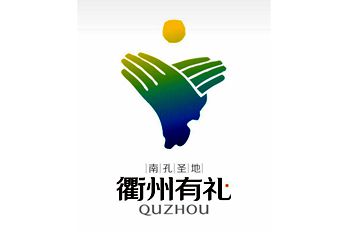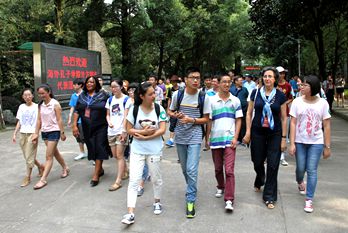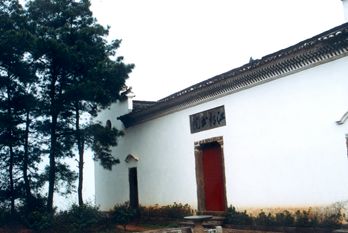Quzhou village pursues common prosperity through Chinese yam

A Chinese yam plantation in Linshan township, Kiahua county, Quzhou, East China's Zhejiang province. [Photo/tianmunews.com]
In recent years, farmers in China have been experimenting with different crops and techniques to improve their yields and make their farms more profitable.
One such successful example is Changpu village in Linshan township, Kiahua county, Quzhou, East China's Zhejiang province, where farmers have been growing Chinese yams to increase their incomes.
Changpu village is made up mostly of mountains and forests, and its land is infertile.
In 2021, some experts recommended to the village a variety of Chinese yam that could grow well in poor soil conditions.
The village first tried to plant 5 mu (0.33 hectares) of Chinese yams in 2021, and the yield reached 3,240 kilograms per mu.
In 2022, the village expanded the Chinese yam planting area to 50 mu and registered a trademark called "Shichangtou".
Last October, the village collectively invested over 2 million yuan ($290,895) to build a factory covering an area of 1,200 square meters and established Shichangtou Agricultural Development Co Ltd. The company introduced professional equipment and carried out specialized production, helping more than 200 villagers find jobs.
With advanced equipment, the company can produce Chinese yam powder, Chinese yam granules, and granule yam noodles. In November last year, the company produced 30,000 kg of noodles using purple Chinese yam, which were sold at a price of 20 yuan per kg.
Encouraged by the success of Changpu village, other villages in Linshan township decided to develop their own Chinese yam industries.
This year, the township plans to invest 3.5 million yuan to build a production workshop for prefabricated vegetables. The workshop is expected to meet demand for prefabricated Chinese yam in the Yangtze River Delta region in the first year. After stable planting and processing, the annual output of the Chinese yam industry is expected to reach 2 million kg, with an output value of nearly 30 million yuan.

 City brand logo - fist-and-palm salute
City brand logo - fist-and-palm salute Confucianism on campus
Confucianism on campus The culture of the academy
The culture of the academy